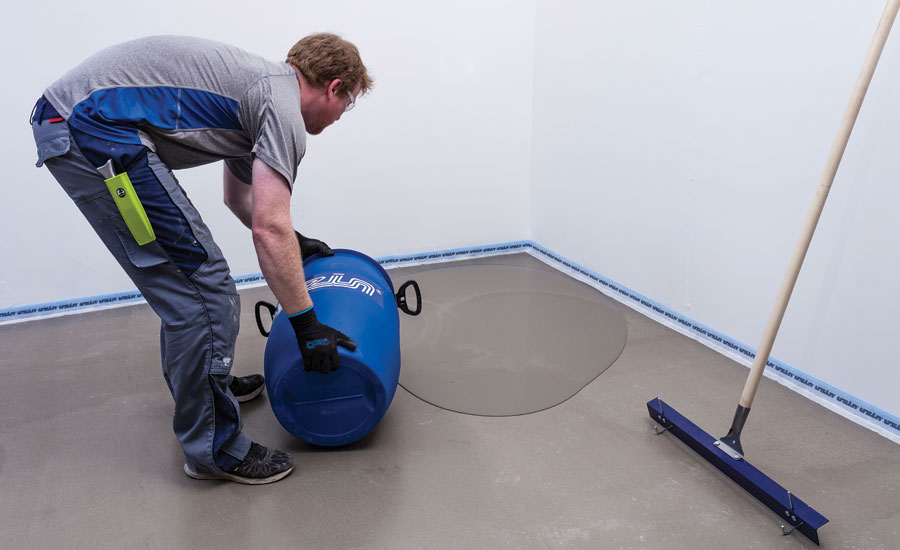Introduction to Floor and Decor Self Leveler
If you’ve embarked on a home improvement project, you might have come across self-leveling compounds, particularly from Floor and Decor. In my recent remodel, I faced a few uneven areas that needed fixing before installation could begin. That’s when I discovered Floor and Decor’s self leveler – a solution that not only simplified the process but also created a perfectly smooth base for my new flooring. In this article, I’ll share my experience, comprehensive insights, and everything you should know about using Floor and Decor self levelers.
What is Self Leveling Compound?
Self-leveling compounds are special types of materials designed to create a flat surface on floors. They work by flowing and leveling themselves out, making them ideal for correcting uneven surfaces before laying down vinyl, tile, or hardwood flooring.
Why Choose Floor and Decor Self Leveler?
Floor and Decor offers a range of self-leveling products ideal for homeowners and professionals alike. Here are some compelling reasons to consider their self-leveling compound:
- Easy to mix and apply.
- Fast-setting properties.
- Suitable for both interior and exterior use.
- Compatible with a variety of flooring types.
Types of Floor and Decor Self Levelers
1. Fast Setting Self Leveler
This type sets and cures quickly, allowing you to continue your project without long waiting times. Perfect for those who need speed.
2. Standard Self Leveler
Offers a balance between working time and drying time. It is suitable for most home applications.
3. Premium Self Leveler
Engineered for high performance, this variant provides superior durability and is ideal for commercial use.
Comparison Table of Self Levelers
| Type | Set Time | Durability | Best For |
|---|---|---|---|
| Fast Setting | 1-2 hours | Medium | Quick projects |
| Standard | 3-4 hours | High | Most home applications |
| Premium | 6-8 hours | Very High | Commercial projects |

Preparing Your Floor for Self Leveling
Preparation is crucial for achieving a smooth finish. Here’s how I prepared my floor:
- Clean the area: Remove any dirt, dust, and debris from the surface. I used a vacuum and a damp cloth.
- Repair cracks: Fill any significant cracks with a repair compound. I took my time on this step for the best outcome.
- Prime the surface: Use a primer recommended by Floor and Decor to help the leveler adhere better.
How to Use Floor and Decor Self Leveler
Step-by-Step Application
Here’s a simple process I followed to use the self leveler effectively:
- Mix the Compound: I followed the manufacturer’s instructions for mixing the self-leveling compound. Ensure you have a consistent, lump-free mix.
- Pour the Compound: Starting from the farthest corner of the room, I poured the mixture and used a trowel to guide it.
- Spread Evenly: Allow the compound to flow naturally, but aid it to cover edges and get into corners.
- Let it Cure: I waited for the time specified in the instructions before continuing with my flooring project.

Pros and Cons of Floor and Decor Self Leveler
Pros
- Creates a smooth, level surface for flooring.
- Easy to use for DIYers and professionals alike.
- Fast drying options are available.
- Good versatility with various flooring types.
Cons
- Requires proper surface preparation.
- Can be costly compared to traditional leveling methods.
- Potential for uneven results if not applied correctly.
FAQs About Floor and Decor Self Leveler
1. How long does it take for Floor and Decor self leveler to dry?
Drying times can vary based on the specific product. Typically, it ranges from 1-8 hours, depending on the type you choose.

2. Can I use self-leveling compound on wood floors?
It is not advisable to use self-leveling compounds directly on wood floors. They should be used on concrete or cement backer board for best results.
3. Is it necessary to prime before applying self leveler?
Yes, priming the surface helps the self-leveling compound adhere better and improves the final result.
